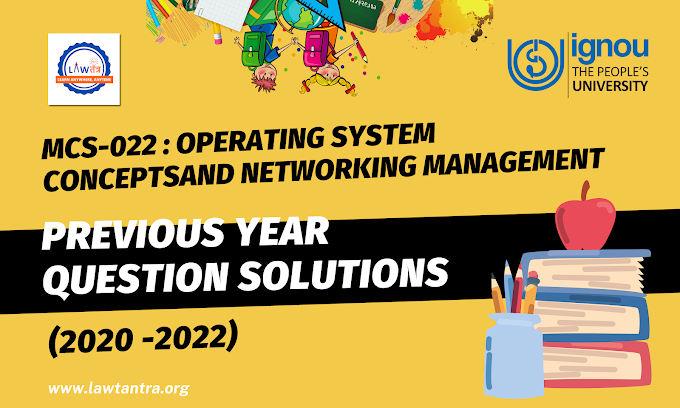Person [Section 2(31)] : Definition under I.Tax
Person includes :
an Individual;
a Hindu Undivided Family (HUF) ;
a Company;
a Firm
an association of persons or a body of individuals, whether incorporated or not;
a local authority; and
every artificial juridical person not falling within any of the preceding sub-clauses.
Association of Persons or Body of Individuals or a Local authority or Artificial Juridical Persons shall be deemed to be a person whether or not, such persons are formed or established or incorporated with the object of deriving profits or gains or income.
The word person is a very wide term and embraces in itself the following :
Individual. It refers to a natural human being whether male or female, minor or major.
Hindu Undivided Family. It is a relationship created due to operation of Hindu Law. The manager of HUF is called “Karta” and its members are called ‘Coparceners’.
Company. It is an artificial person registered under Indian Companies Act 1956 or any other law.
Firm. It is an entity which comes into existence as a result of partnership agreement between persons to share profits of the business carried on by all or any one of them. Though, a partnership firm does not have a separate legal entity, yet it has been regarded as a separate entity under Income Tax Act. Under Income Tax Act, 1961, a partnership firm can be of the following two types
a firm which fulfil the conditions prescribed u/s 184.
A firm which does not fulfil the conditions prescribed u/s 184.
Person [Section 2(31)] : Defination under I.Tax
It is important to note that for Income Tax purposes, a limited liability partnership (LLP) constituted under the LLP Act, 2008 is also treated as a firm.
5. Association of Persons or Body of Individuals.: Co-operative societies, MARKFED, NAFED etc. are the examples of such persons. When persons combine togather to carry on a joint enterprise and they do not constitute partnership under the ambit of law, they are assessable as an association of persons. Receiving income jointly is not the only feature of an association of persons. There must be common purpose, and common action to achieve common purpose i.e. to earn income. An AOP. can have firms, companies, associations and individuals as its members.
A body of individuals (BOl) cannot have non-individuals as its members. Only natural human beings can be members of a body of individuals.
Whether a particular group is AOP. or BOl. is a question of fact to be decided in each case separately.
6. Local Authority. Municipality, Panchayat, Cantonment Board, Port Trust etc. are called local authorities.
7. Artificial Juridical Person. A public corporation established under special Act of legislature and a body having juristic personality of its own are known to be Artificial Juridical Persons. Universities are an important example of this category.







3 Comments
Q1. Ms.Rajshree Das is a citizen of UAE. She left India during 1984 and got permanently settled
ReplyDeletethere. She was born in India in 1968 and her husband was also born in India in 1966.Her parents
were born in UK prior to 1947, however they migrated to India in 1963 and got permanently
settled in Delhi. Ms Rajshree came to India on 29
th
January 2020 and stayed for 101 days. Prior
to that also she had been coming to India for 100 days during every previous year 1987. For the
previous year 2019-20, she earned the following incomes/loss.
(a) Income from salaries of services rendered in UAE, received there Rs.7, 96,000.
(b) Income from house property in India received in UAE Rs.2, 84,000.
(c) Loss from a business in India ( controlled from UAE) Rs.1,10,000
(d) Income from a business in Srilanka ( controlled from India) Rs.1,90,000
(e) Interest on bank deposit in UAE subsequently remitted to India Rs.2,64,000
(f) Interest on bank deposits (FDR) in India received in USA Rs.4,60,000
Compute her total income and also calculate her tax liability for the assessment year
2020-21, assuming that she is not entitled to any deduction under section 80 C to 80U.
Q2. Mr.Aman (58 years) receives the following income from XYZ Limited during the year
ReplyDeleteending 31-03-2020. From the following particulars calculate his total income & his tax
liability for the assessment year 2020-21.
(i) Basic salary Rs.65, 000 p.m.
(ii) Dearness allowance 10% of basic salary.
(iii) Tiffin allowance (actual expenditure Rs.20, 000) @Rs.2, 000 p.m.
(iv) Reimbursement of medical expenditure for the treatment of Aman and his
family members Rs.20,000
(v) Transport allowance @200p.m.
(vi) Unfurnished flat provided at Delhi at a nominal rent of Rs.6, 000 p.m. (rent paid
by the employerRs.18, 000 p.m.)
(vii) On 1-10-2019 the company gives its music system to him for domestic use.
Ownership is not transferred. Cost of music system in 2016 to the employer is
Rs.15, 000.
(viii) He has contributed 18% of his salary as recognized provident fund account to
which his employer made equal contribution. Interest @ 12.5% p.a. amounting
to Rs.50, 000 has been credited to the above recognized provident fund during
the previous year on 10-12-2019.
(ix) He donated Rs.18, 000 to National Defence fund.
(x) Employer company sells the following assets to Aman on 10-01-2020:
Asset sold Car (Rs.) Computer (Rs.) Fridge (Rs.
Cost of assets to
the employer
4,00,000 60,000 20,000
Date of purchase
(put to use on
same day)
10-06-2017 12-07-2016 05-04-2017
Sale price 2,00,000 8,000 12,000
gjjj
ReplyDeletePlease do not enter any spam link in the comment box.